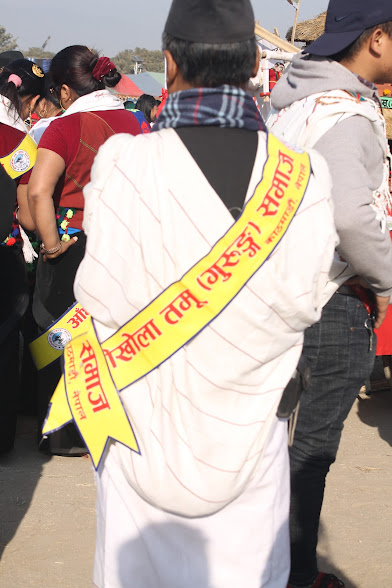Indigenous group commonly known by Janajati in Nepal, who represent the biggest cluster ethnic group as they share almost 36 % of total population.
Certainly! Nepal is home to over 100 ethnic groups, many of which have indigenous roots. These indigenous groups are collectively known as Janajatis or Adivasi Janajatis in Nepal, and they make up around 36% of Nepal's population.
Some of the largest indigenous groups in Nepal include the Tamang, Gurung, Magar, Tharu, Newar, and Sherpa peoples. Each of these groups has their own unique culture, language, and traditions.
The Tamang people, for example, are known for their traditional dress, which includes brightly colored skirts, jackets, and hats. They also have a strong tradition of singing and dancing, and their festivals often involve these activities.
The Sherpa people, on the other hand, are well-known for their mountaineering skills and their association with Mount Everest. Many Sherpas work as guides and porters for mountaineering expeditions, and their knowledge of the mountainous terrain of Nepal is invaluable to climbers.
Overall, the indigenous peoples of Nepal have faced a number of challenges over the years, including discrimination, marginalization, and economic hardship. However, they continue to celebrate their rich cultural heritage and play an important role in Nepal's diverse society.
 |
| Gurung man wearing traditional dress |
Many foreign visitors especially who are working with indigenous people they want to observe the ritual practise done by ethnic group: animistic ritulas, or shamanism etc
Villages of Sherpas
Villages of Tamang
Villages of Gurung
Villages of Magar
Villages of Tharu
Villages of Rai and Limbu
No comments:
Post a Comment